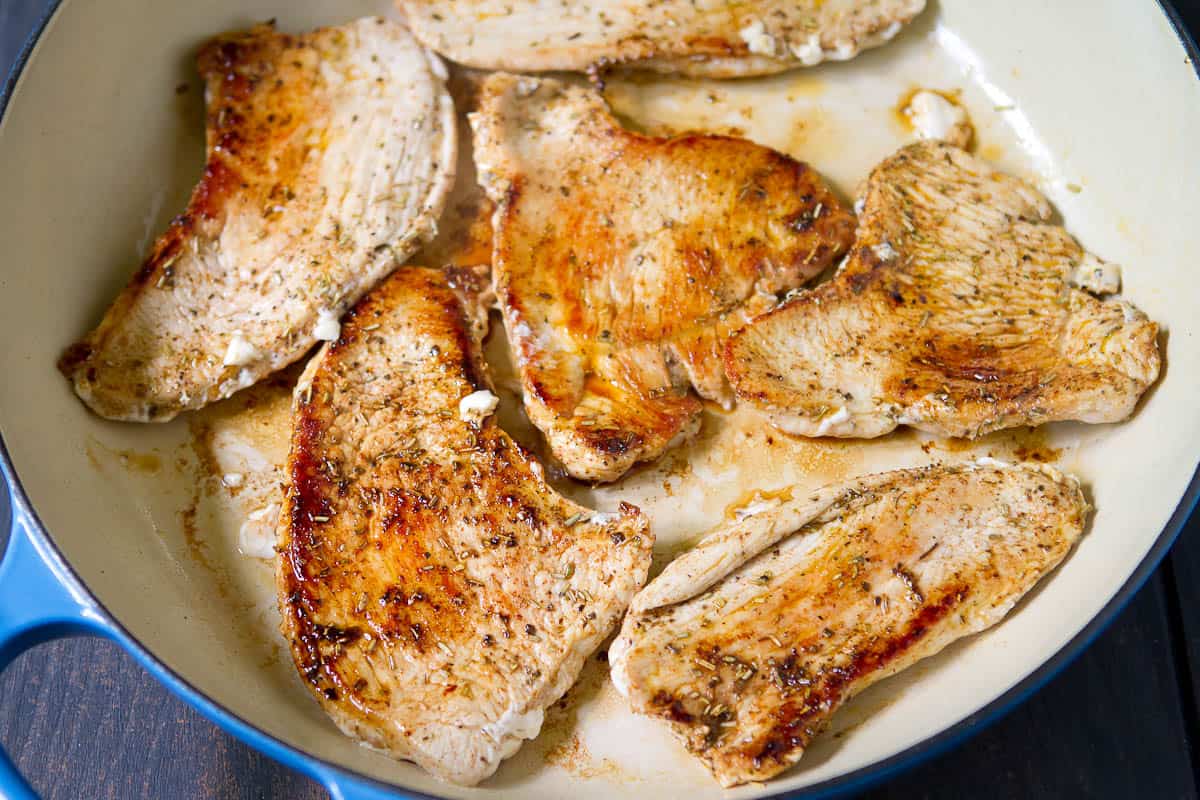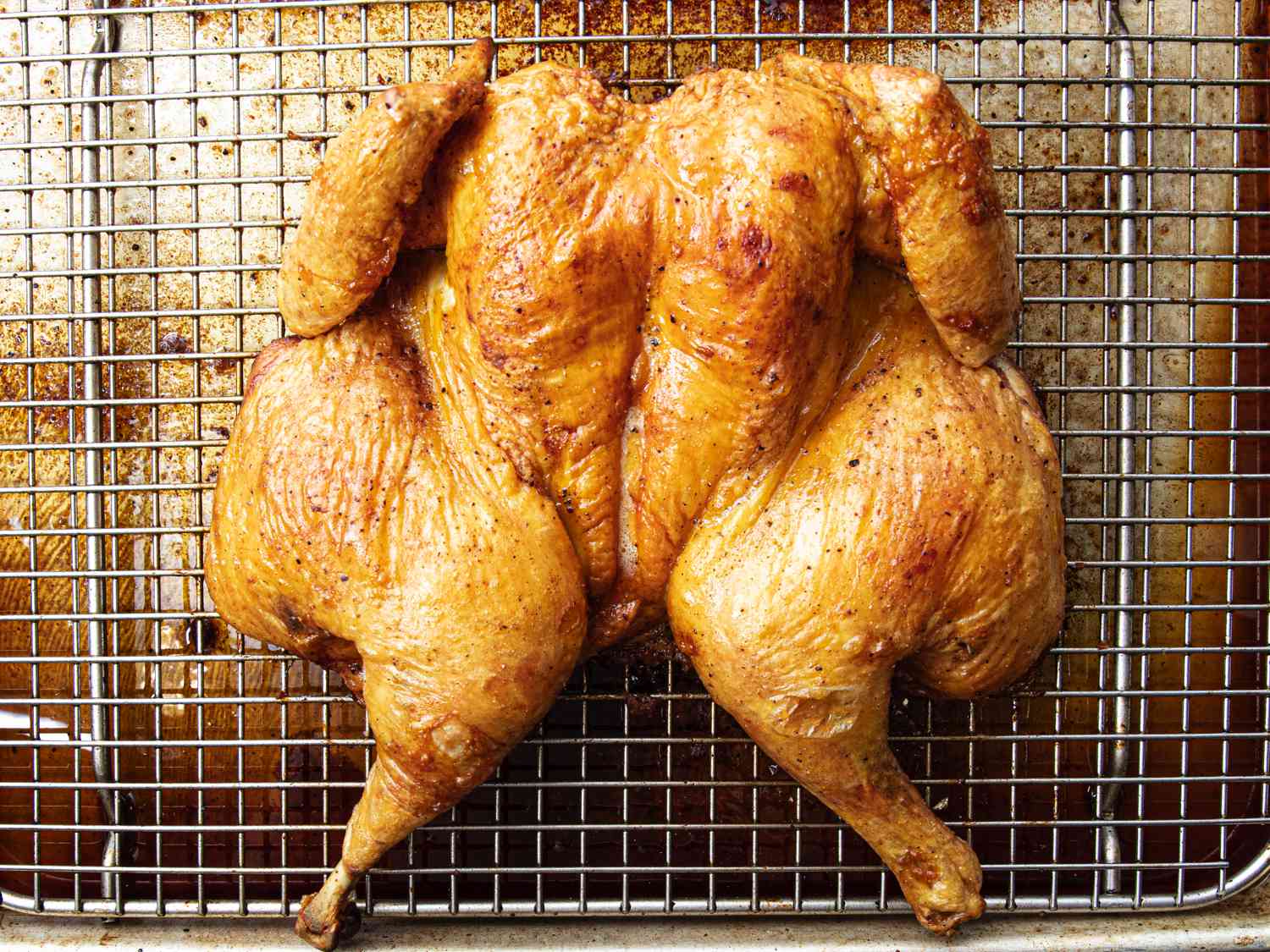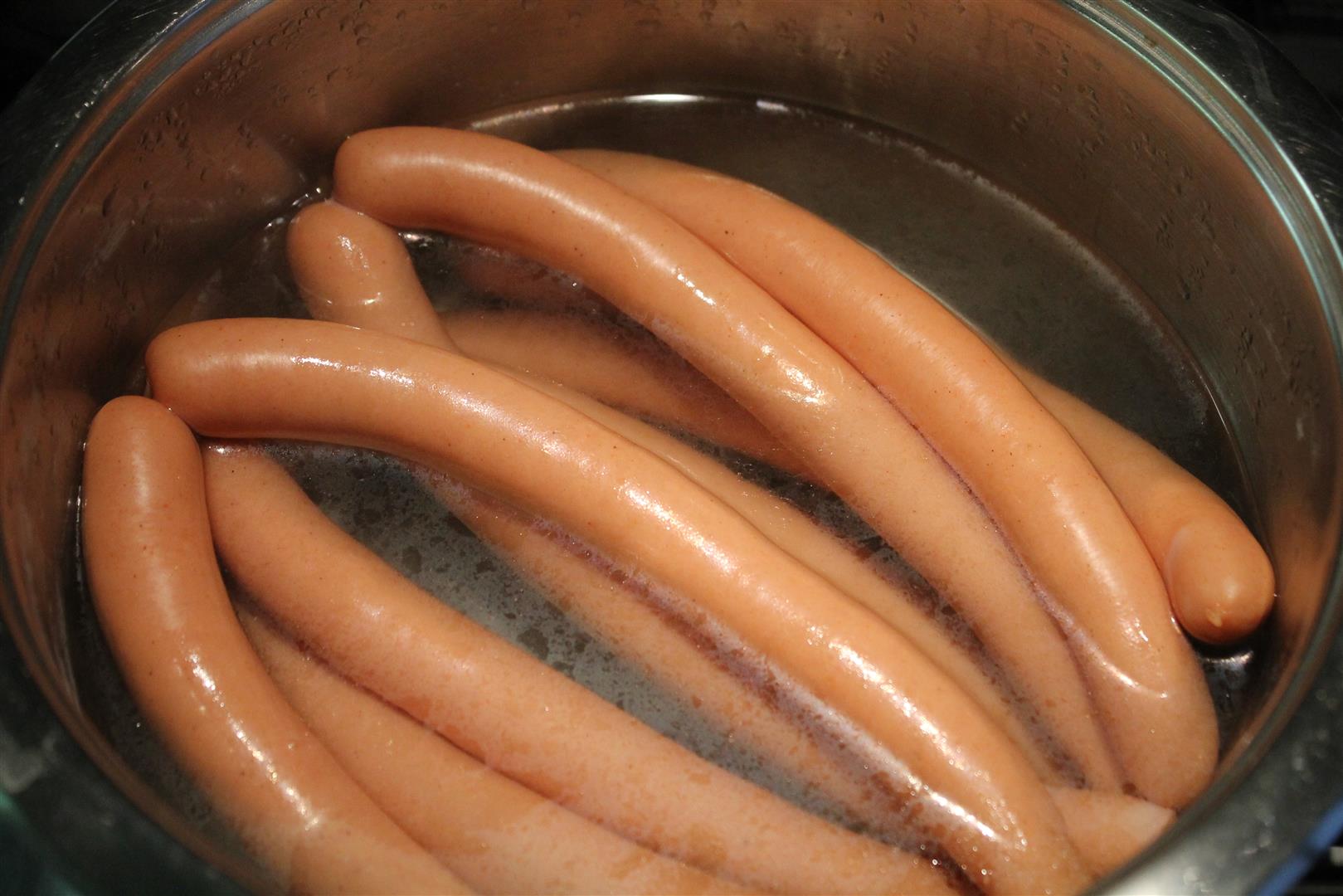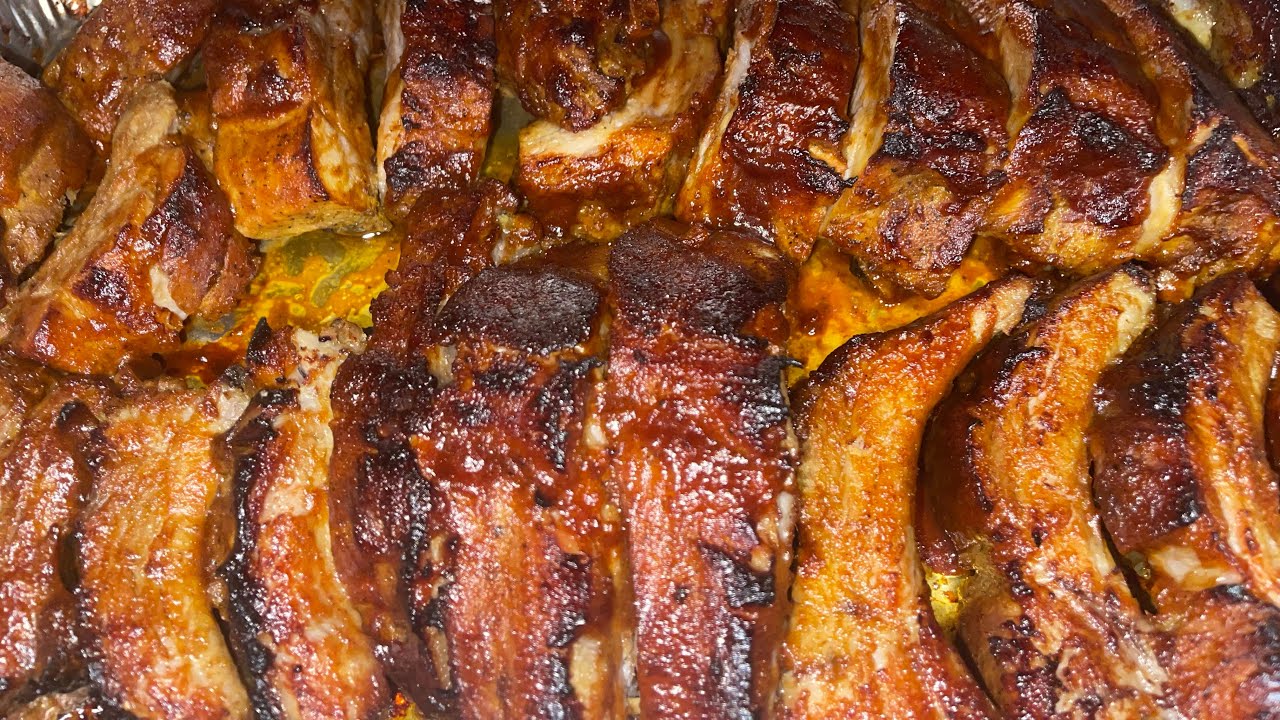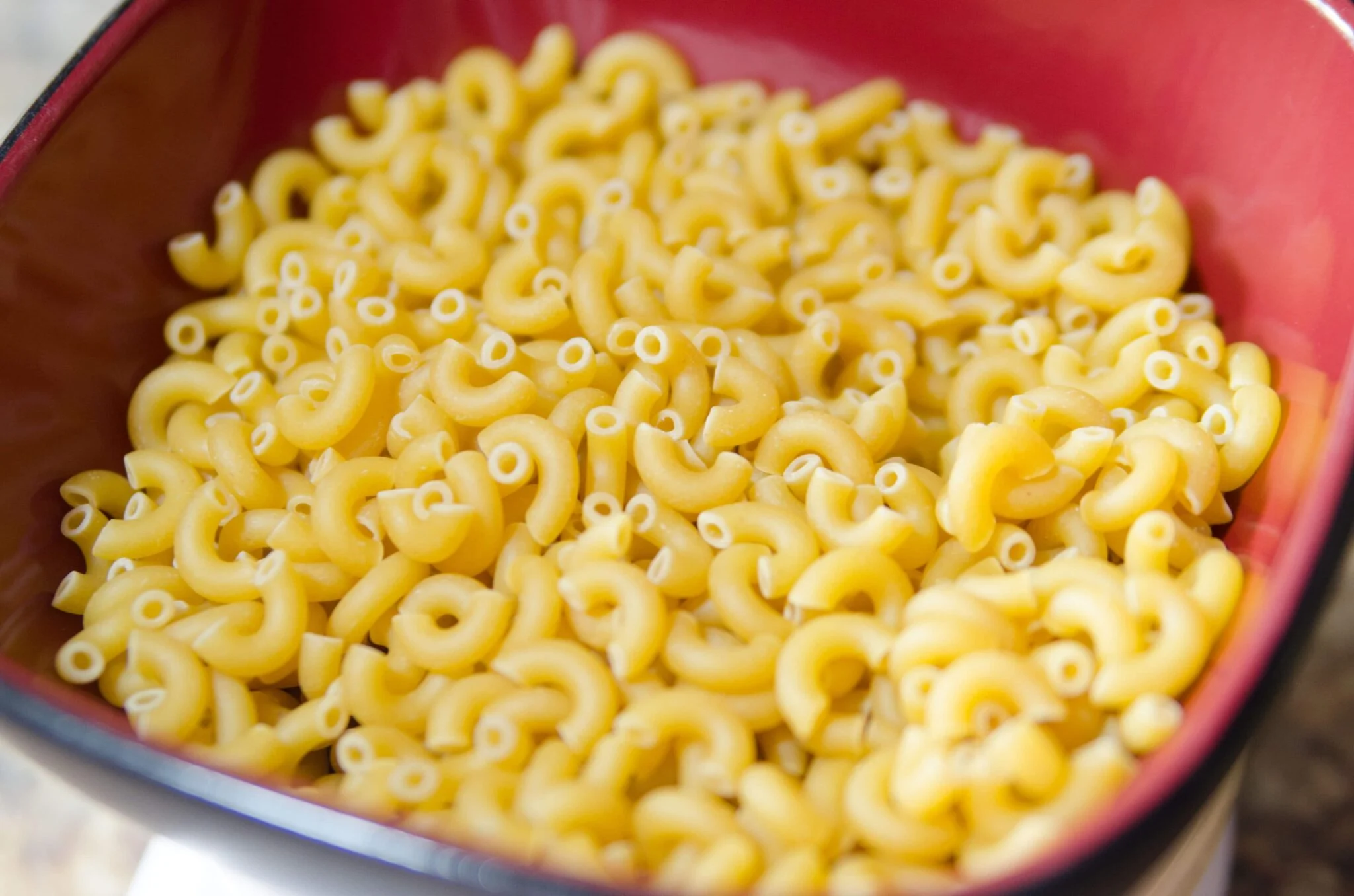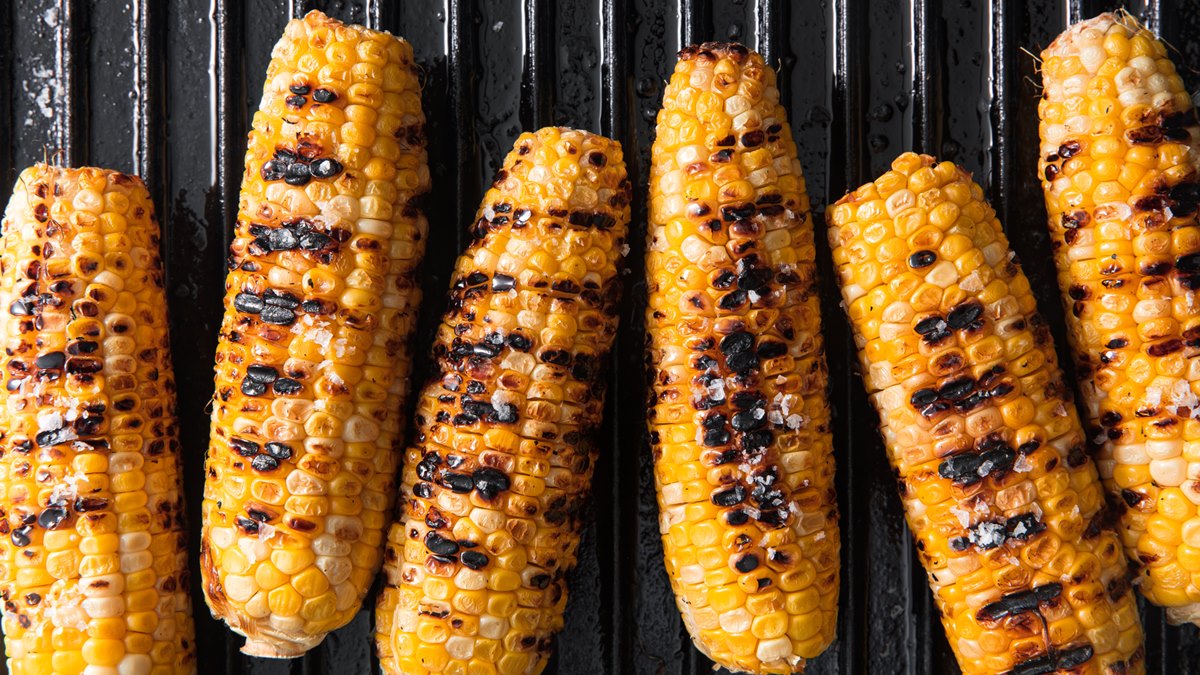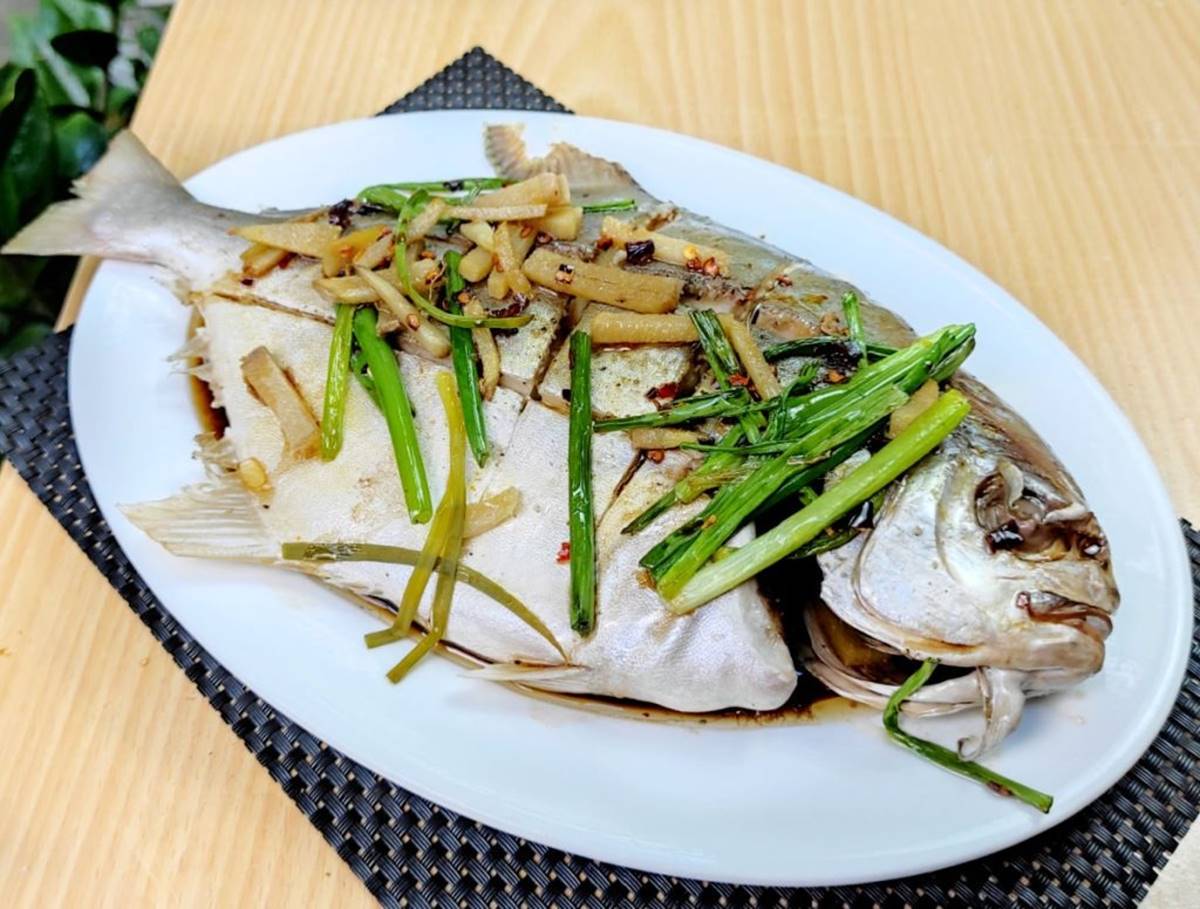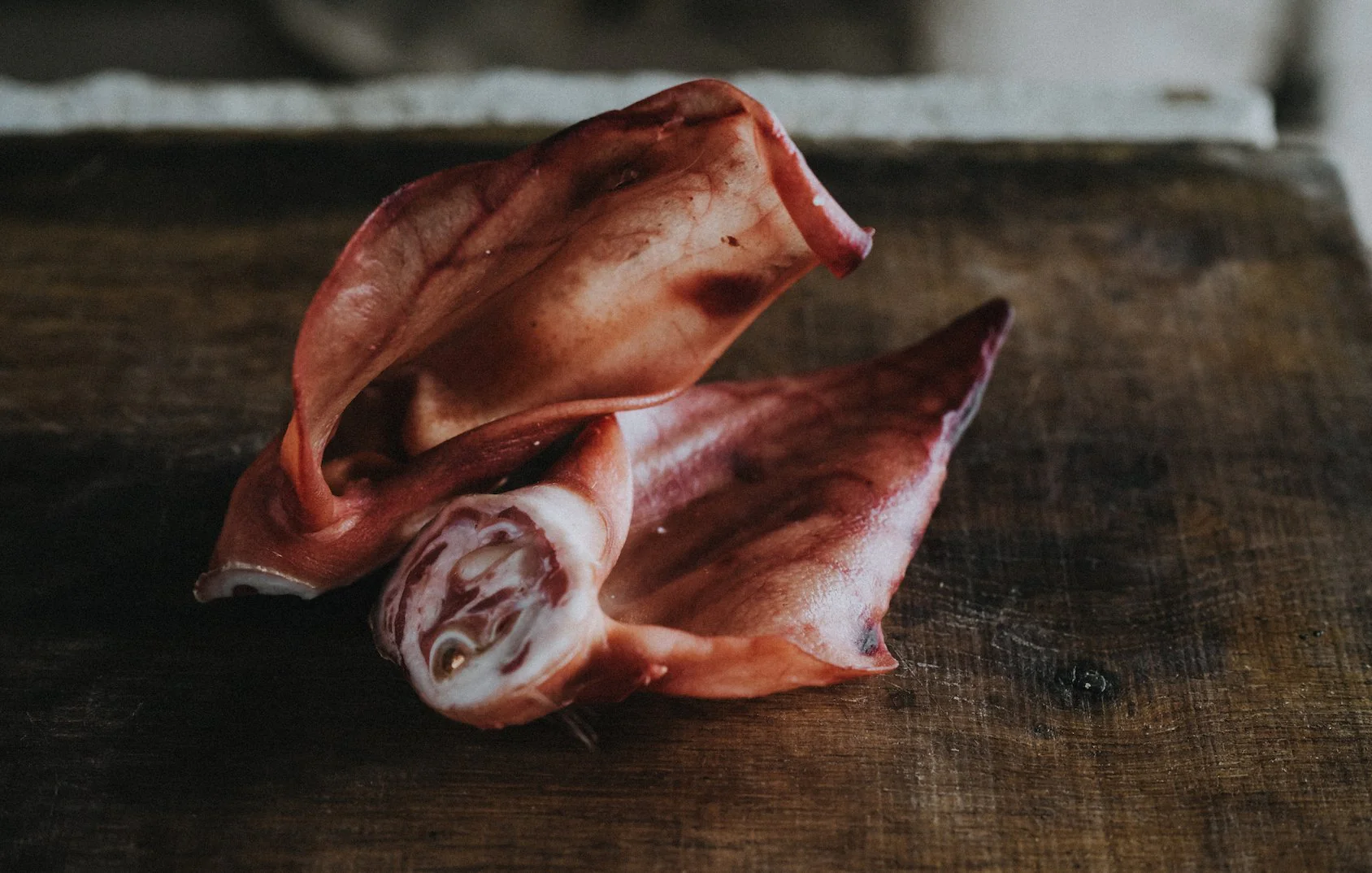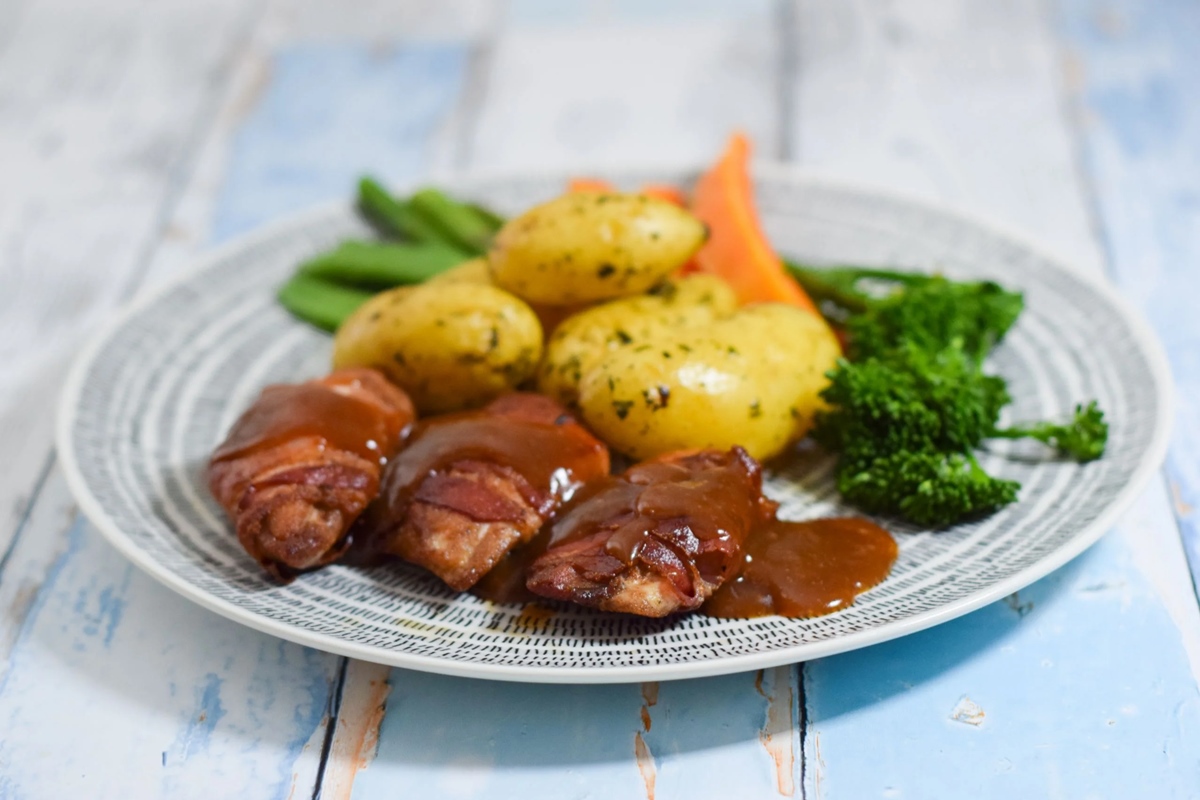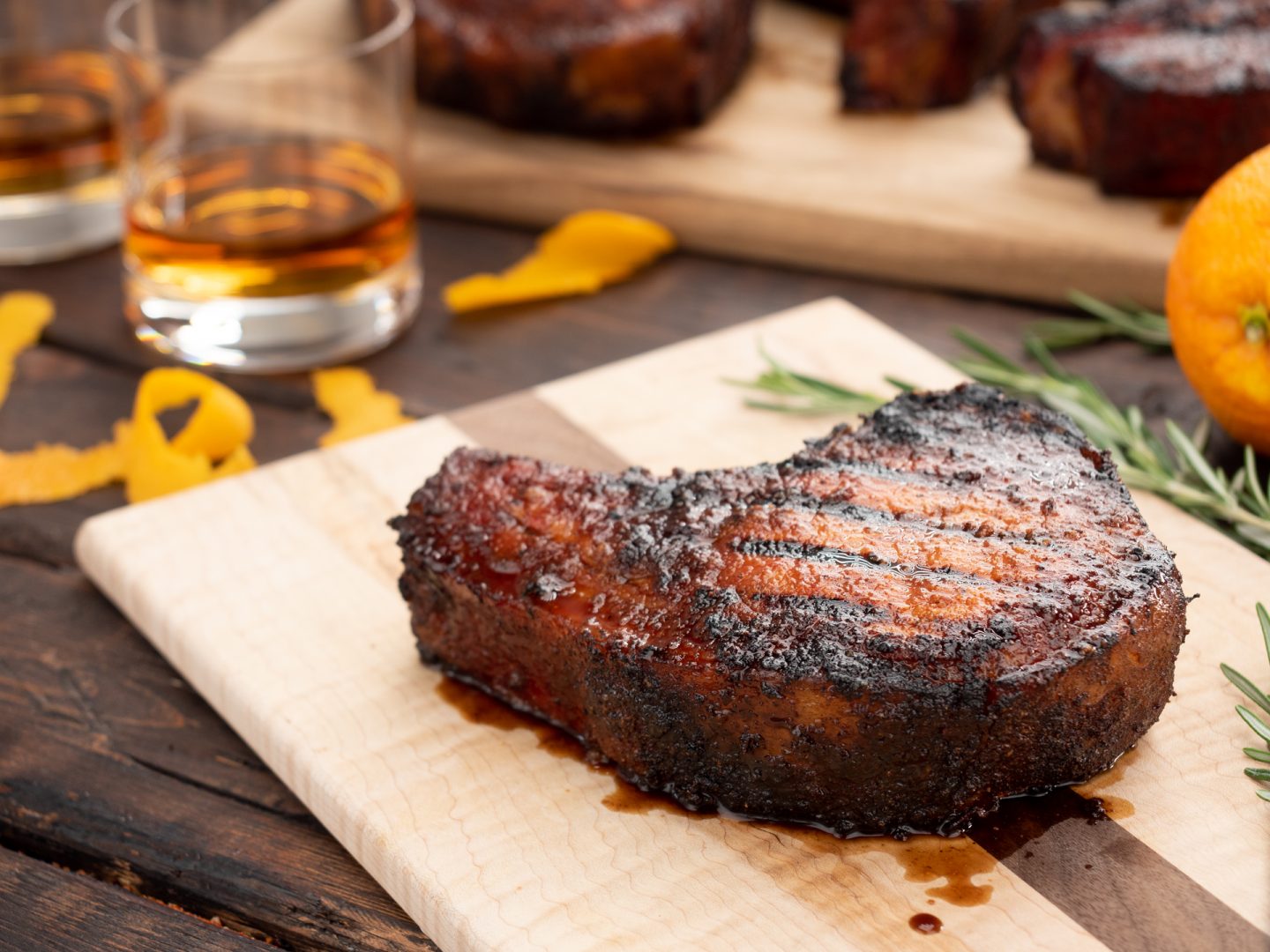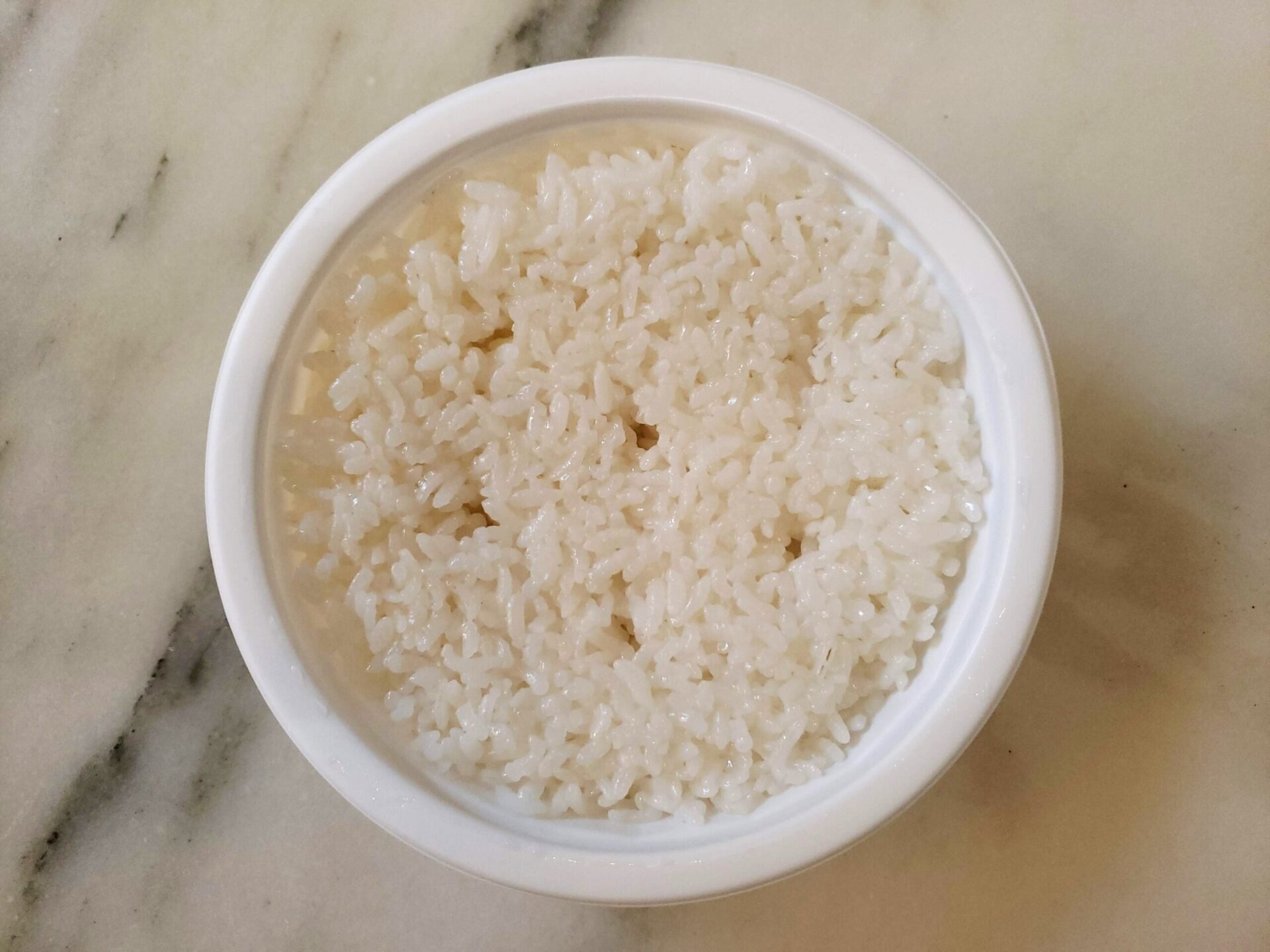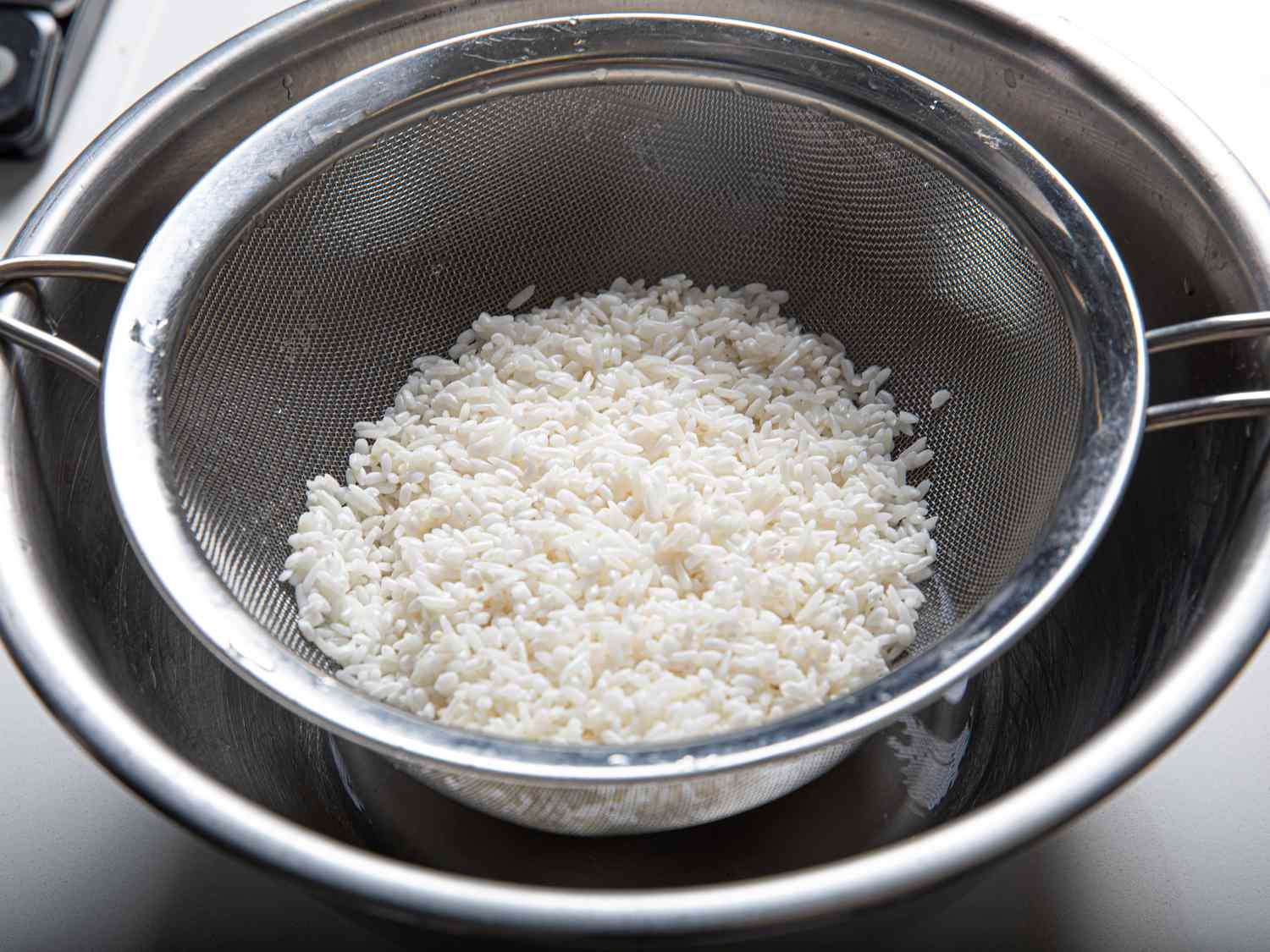Unlocking the Delight of Freshwater Clams: A Simple Guide to Cooking
Picture this: a sunny day by the lake, the breeze gently brushing against your face, and the aroma of freshly cooked seafood filling the air. It’s the perfect setting for a delicious meal featuring freshwater clams. If you’ve ever wondered how to cook these delectable treasures from the water, you’re in the right place. In this guide, we will take you through the steps to unlock the secret to cooking freshwater clams that will leave your taste buds dancing.
Gather Freshwater Clams
The first step to creating an unforgettable dish starts with sourcing the freshest clams. Make sure to choose live clams that are still tightly closed, as this indicates their freshness. Freshwater clams can be found in lakes, rivers, and streams, so if you have access to these bodies of water, you’re in luck. Alternatively, check with your local fishmonger or seafood market to get your hands on the best quality clams.
Cleaning and Preparing the Clams
Before diving into the cooking process, it’s important to clean and prepare the clams properly. Follow these steps:
- Fill a bowl with cool water and add a generous amount of salt. This step helps draw out any impurities within the clams.
- Place the clams in the salty water and let them soak for about 20 minutes. This allows the clams to expel any sand or grit they may have.
- Remove the clams from the water and scrub their shells gently using a brush or scrubber to remove any remaining debris.
- Rinse the clams thoroughly under cold running water to ensure they are clean.
The Classic Steamed Freshwater Clams
If you’re a fan of simple yet flavorful dishes, steaming freshwater clams is the way to go. Here’s a step-by-step guide to cooking steamed clams:
- In a large pot with a tight-fitting lid, heat a small amount of oil over medium heat.
- Add minced garlic and sauté until fragrant.
- Place the cleaned clams into the pot and pour in a cup of white wine or seafood broth. The liquid will provide moisture and enhance the natural flavors of the clams.
- Cover the pot and steam the clams for about 5-7 minutes, or until they open up.
- Once the clams have opened, remove them from the pot and transfer to a serving dish. Discard any clams that remain closed.
- Garnish with fresh herbs, such as parsley or chives, and serve immediately.
Alternative Cooking Methods
While steaming is a classic and foolproof method for cooking freshwater clams, there are other ways to explore their delectable flavors:
- Grilling: Preheat the grill to medium-high heat. Place the cleaned clams directly on the grill grates and cook for 3-5 minutes, until they open up. Serve with a squeeze of lemon juice and melted butter.
- Sautéing: Heat a large skillet over medium heat and add some butter or olive oil. Toss in the cleaned clams and cook for 3-4 minutes, until they open. Sprinkle with freshly chopped herbs and a splash of lemon juice before serving.
- Baking: Preheat the oven to 400°F (200°C). Arrange the cleaned clams on a baking sheet and roast for 10-12 minutes, or until they open. Drizzle with garlic butter or a flavorful sauce for an irresistible taste.
Enjoy the Fruits of Your Cooking
Now that you’ve mastered the art of cooking freshwater clams, it’s time to savor the fruits of your labor. Whether you choose the classic steamed method or opt for grilling, sautéing, or baking, these delectable creatures from the water are sure to take your taste buds on a delightful journey. So invite your friends and family, gather by the water’s edge, and embark on a culinary adventure with freshwater clams as the star of the show. Bon appétit!
With a variety of recipes to choose from, readers can truly harness their newfound skills from the article. For a quick and flavorful dish, they might try Steamed Freshwater Clams with Garlic and White Wine, where the garlic and white wine blend beautifully with the natural brininess of the clams. For those who love a bit of heat, Freshwater Clams in Spicy Tomato Broth offers a zesty kick. If looking for a comforting and hearty meal, Freshwater Clam Stew with Vegetables makes an excellent choice, combining clams with a medley of fresh vegetables. For a touch of sophistication, Freshwater Clam Risotto is a creamy delight that will impress at any dinner party. Each of these recipes showcases the versatility and delicious potential of freshwater clams, making them well worth a try.
Was this page helpful?
Read Next: How To Cook Impossible Burger On Grill
